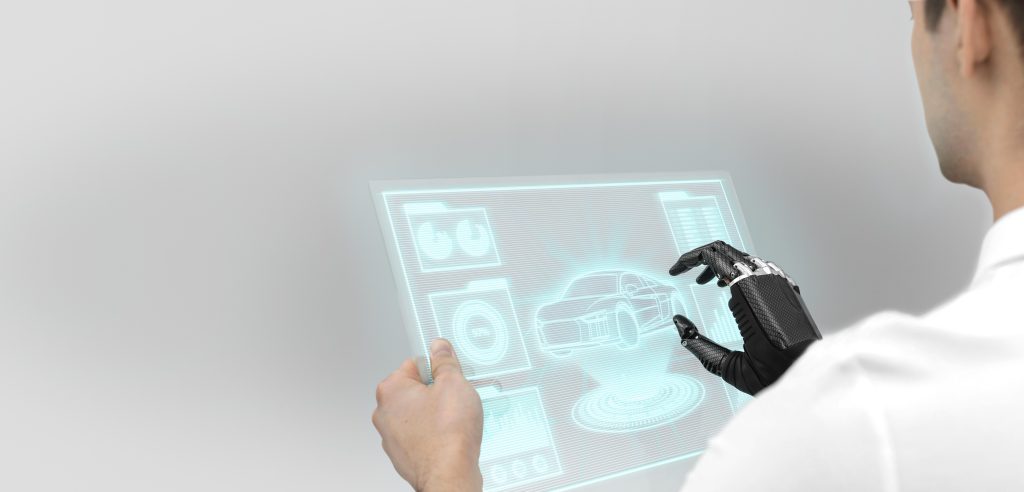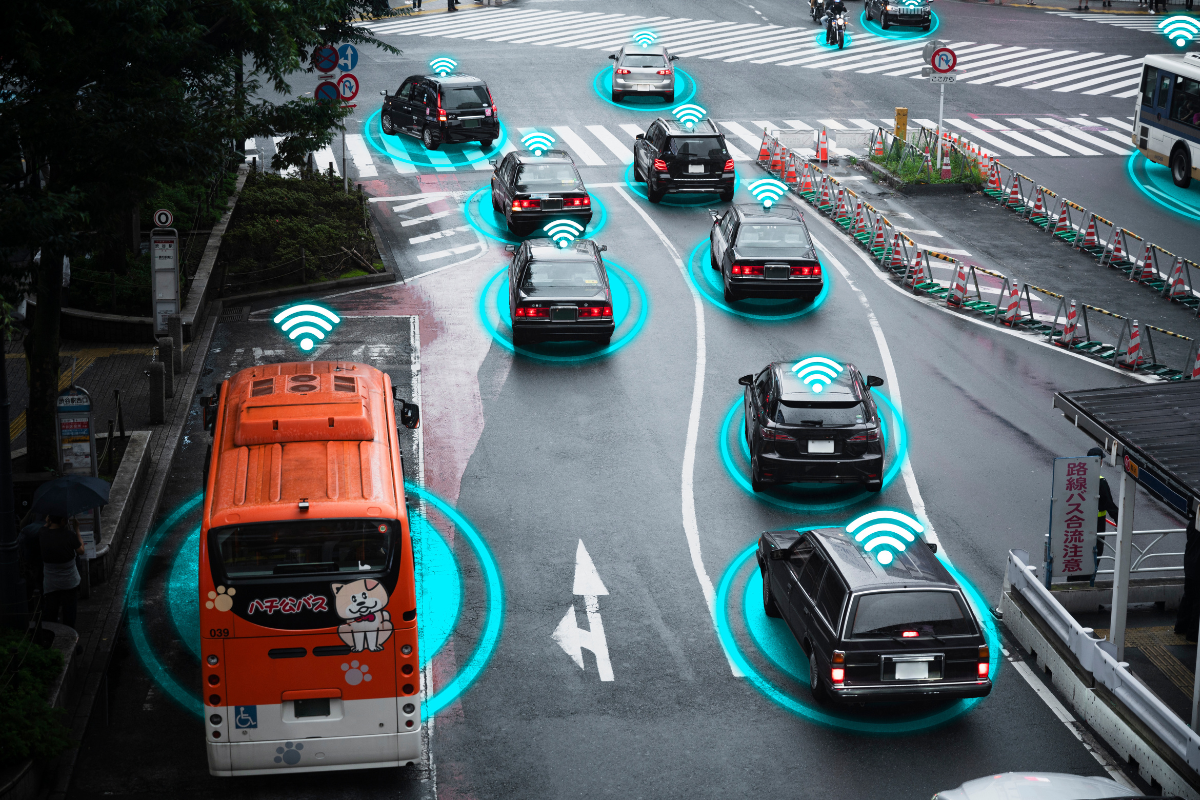Driving into the AI Future: The Integration of AI in Automobiles
In today’s rapidly evolving technological landscape, the automotive industry stands at the forefront of innovation. From electric vehicles to self-driving cars, advancements in technology are reshaping the way we think about transportation. One of the most significant developments in recent years is the integration of AI into automobiles. This integration is not only revolutionizing the driving experience but also enhancing safety and performance on the roads.
Enhancing Safety with AI-Powered Systems
Artificial intelligence, often abbreviated as AI, is transforming safety features within vehicles. Advanced driver-assistance systems (ADAS) utilize AI algorithms and a variety of sensors to monitor the vehicle’s surroundings in real-time. Features like adaptive cruise control and lane-keeping assistance enhance safety by helping drivers avoid collisions and stay within their lanes. These AI-powered systems not only reduce accidents but also alleviate driving stress, making journeys more comfortable.
Optimizing Performance through AI Algorithms
AI is also improving the performance and efficiency of automobiles. Through predictive analytics and machine learning algorithms, AI optimizes various aspects of vehicle operation, such as engine performance, fuel efficiency, and battery management in electric vehicles. By analyzing data collected from sensors and onboard systems, AI systems can identify patterns and trends, allowing for more precise control and optimization of vehicle functions.

Towards Autonomous Driving: AI and Self-Driving Vehicles
The integration of AI is paving the way for the development of autonomous or self-driving vehicles. While fully autonomous cars are still in the early stages of development, AI technology is already being used to power semi-autonomous features such as self-parking and highway autopilot systems. These advancements hold the potential to reduce traffic congestion, improve fuel efficiency, and increase accessibility for individuals who are unable to drive.
Overcoming Challenges and Looking Ahead
Despite the potential benefits, achieving fully autonomous driving requires overcoming significant technical, regulatory, and societal challenges. Ensuring the reliability and safety of AI systems and addressing ethical considerations related to decision-making in complex driving scenarios are among the key challenges. However, as AI technology continues to advance, we can expect to see even more innovative applications and capabilities emerge, further revolutionizing the way we think about transportation and mobility in the future.
Conclusion
The integration of artificial intelligence in automobiles represents a transformative shift in the automotive industry. By harnessing the power of AI, automakers can create vehicles that are not only safer and more efficient but also smarter and more intuitive than ever before. With AI as our co-pilot, we are poised to embark on a journey into a new era of mobility, where the possibilities are limited only by our imagination. As we drive into the future, the integration of AI promises to make our roads safer, our vehicles more efficient, and our driving experience more enjoyable. As we navigate the road ahead, let us embrace the opportunities that AI presents and drive towards a smarter, safer, and more sustainable future.








